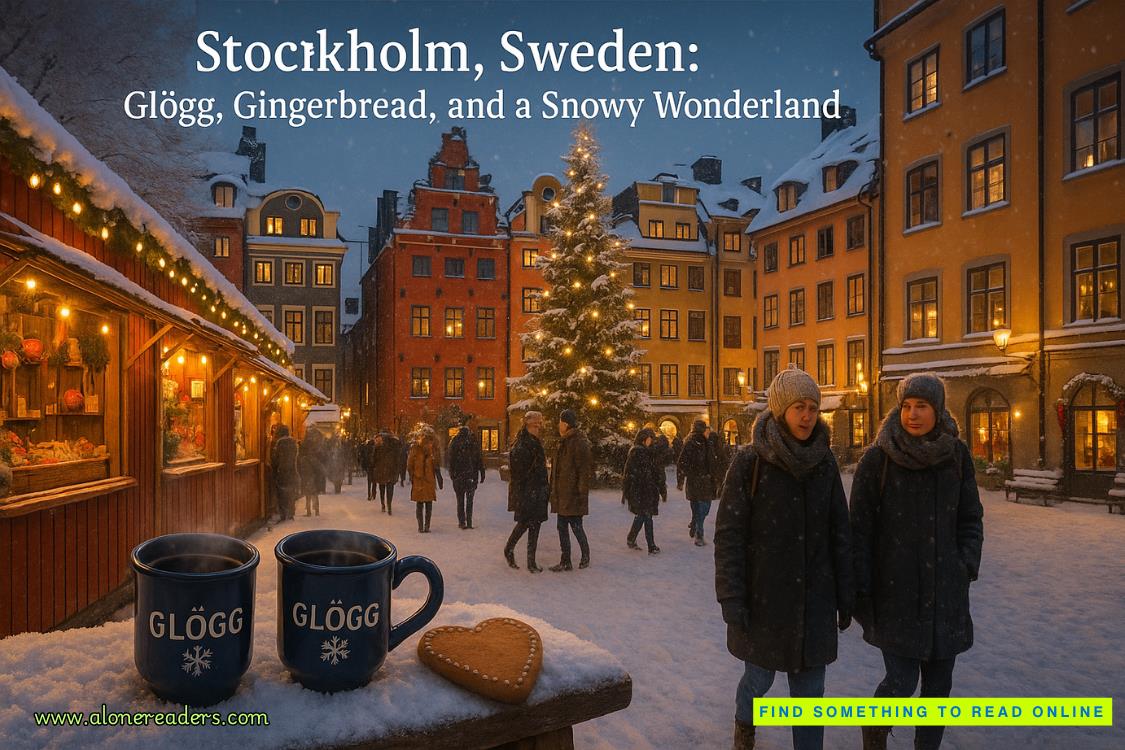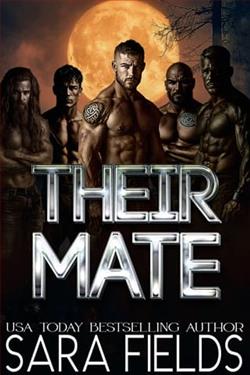Page 22 of Clear Path
“Art that demands to be seen often creates its own gallery,” Evan had said thoughtfully. “Sometimes the most impactful exhibitions happen outside traditional spaces.”
An idea had taken root immediately. If Tripp wouldn’t show her work because she refused to commodify her body, she’d create her own exhibition—one that couldn’t be canceled or compromised. She honestly wasn’t sure whether she’d suggested it first or if Evan had. Either way, she knew it was the right next move. In fact, it was the only next move.
She dropped her bag on the floor and headed straight for her workstation. Her hands sped over her keyboard in a blur as sheopened her editing software and began selecting images from yesterday’s session with Lydia. The demolition photos were raw and visceral—the hydraulic arm of the excavator tearing through generations of memories, Lydia’s face a study in dignified rage, Julie Mason surveying the destruction from behind a pair of designer sunglasses.
She selected the most powerful images and began making adjustments, losing herself in the familiar rhythm of her work. The world beyond her screen fell away as she focused on contrast, shadows, and highlights to bring out the emotional truth of each frame.
Hours later, she stood and stretched. As she stood in front of her large-format printer and watched it spit out the final print in the series, she noted with surprise that it was seven in the evening and that she’d worked through both lunch and dinner.
She gathered the eight photographs from the printer and carefully arranged them on her worktable, then stepped back to take in the narrative they created. Almost right. She switched two images and smiled. Perfect. She was exhilarated and tired all at once.
She reached for her phone and dialed Lydia’s number.
“Hello?”
“Lydia, it’s Rory Westin. I’ve been working with the photographs from yesterday, and I want to ask your permission to use them. To share them publicly.” She suddenly felt uncertain about her idea.
There was a long silence on the line, which did nothing to bolster her flagging confidence.
Then Lydia said, “Why?”
“Because what happened to you matters. Because people should see it. Not just as some abstract concept of progress or economic development, but as something real that happens toreal people. They tore down your home, but we don’t have to let them erase your story.”
Another pause, then a soft sigh. “You know, when you showed up yesterday with your fancy camera looking the way you do, I thought there was no way you could understand.”
Rory winced. “I get it.”
Lydia went on, “Then I saw how you looked at things. How you waited for the right moment. You weren’t just taking pictures. You were bearing witness. So, go ahead. Use them. Show everyone what Julie Mason and her friends on the town council did.”
Relief washed over Rory. “Thank you. I’ll send digital copies to your daughter’s email address, and I promise to send prints once they’re ready.”
“I can’t wait to see them.” Lydia hesitated, before adding, “My granddaughter has heard of you. She says your photographs make people feel things they’d rather ignore. Seems to me that’s pretty important.”
After Rory ended the call, she sent the digital files to Lydia’s daughter with a brief note. Then she turned to the task at hand. The prints forPush/Pullleaned against the wall of her studio, waiting to be matted and framed before she took them to Pittsburgh to be hung. Now they had a different destiny.
She worked methodically, selecting the most powerful images fromPush/Pulland the new series featuring Lydia. Using a thin wire and clips, she created a makeshift hanging system across her living room. Then, she pressed the button on her wall to lower the seldom-used outdoor privacy screen across the French doors leading to her balcony. Finally, she hung the large-format photographs from the clips, spacing them across her living space so they would be clearly visible from the courtyard below when the time was right.
Framed by open French doors, the images would create a dramatic visual statement that would be impossible to ignore for anyone passing by. It wasn’t a gallery show, but in some ways, it was better. More immediate, more democratic, more defiant.
Spent, she headed to her kitchen to make a quick meal. The digital clock on her microwave told her three more hours had passed and it was now nearly eleven p.m. So she scratched the idea of dinner, settling for a glass of prosecco and a handful of nuts, both consumed leaning against the kitchen counter. Beatrice would have been appalled.
Rory was tired and wired. She needed to relax, wind down so she could get a decent night’s sleep. She refilled her glass and headed into her spa-like bathroom. She shed her clothes and pressed the button on the wall outside her glass shower enclosure to activate the steam generator. Then she stepped into the shower and stretched out on the built-in bench to sip her drink and let the booze and the steamy heat melt away the tension, conflict, and worry of her day.
13
GAP Mile 92.3, Between Clarksville and Union Hill
After a breakfast of toast topped with peanut butter and Will’s homemade berry preserves, Bodhi consulted his trail guide and map to prepare for his day’s walk.
“Where to today?” Will asked.
“Union Hill. But I want to stop at the history center outside town before it closes.”
Will leaned over the map. “You’ll have to hustle. That place closes at four.”
“You’ve been?”
Will nodded. “Couple times. Dot and my mom are big history nerds. Sometimes they drag me along. It’s worth seeing. I hear they have a new exhibit about the coal town.”















